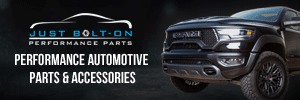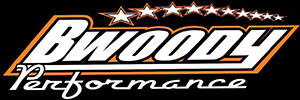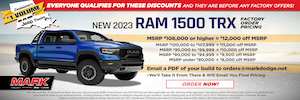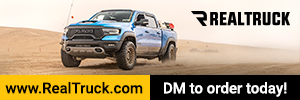- Joined
- Apr 18, 2021
- Messages
- 2,957
- Reaction score
- 2,878
- Location
- The actual Midwest
- Current Ride
- Too many to list
Call me sensitive. Others may not care or even feel the difference. But there is no doubt a trade off if you decide to run an E rated tire that is 12 pounds heavier than the stock D rated Goodyear. Common sense I know but I had to experiment, its in my nature.
A 12-lb. difference in unsprung and rotating mass isn't hard to feel, but that's the difference in weight, not the difference between D and E rated tires.
An E rated tire will have a stiffer carcass, so when I went with 295s instead of the OE 325s it helped in two ways. Now the tire is also better matched to the rim width for better lateral stability.
As it turned out, the smaller but sturdier 295s weigh exactly the same as the OE tires.















